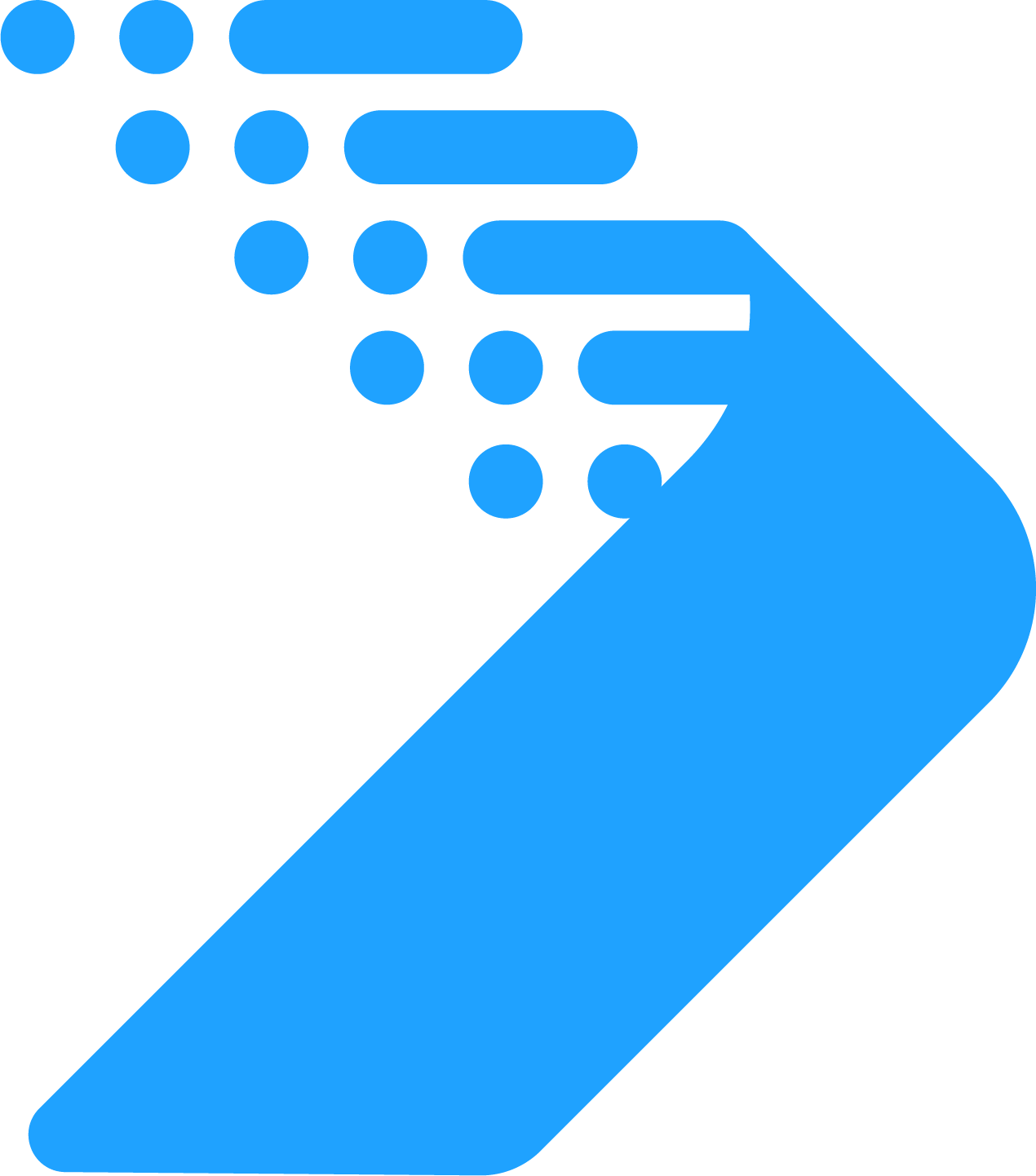Revolutionizing Healthcare: The Power of IoT in the Medical Industry
The integration of Internet of Things (IoT) technology in healthcare has revolutionized patient care and operational efficiency. By harnessing the power of IoT, healthcare providers can access timely and accurate data, leading to better-informed decision-making.

In recent years, the integration of Internet of Things (IoT) technology in healthcare has revolutionized patient care and operational efficiency. IoT facilitates the creation of an interconnected network of intelligent devices that can communicate, analyze data, and transmit information to healthcare providers in real time. IoT, at its core, involves connecting electronic devices with microprocessors and sensors to the internet, enabling them to interact with each other and the physical world. IoT plays a crucial role in remote patient monitoring, diagnostic assistance, and predictive maintenance of medical equipment. By harnessing the power of IoT, healthcare providers can access timely and accurate data, leading to better-informed decision-making and improved patient outcomes.
The market for IoT in healthcare is poised for significant growth, with projections exceeding $10 billion by 2024. The global internet of things in healthcare market is expected to grow at a compound annual growth rate (CAGR) of 21.2% from 2024 to 2030. The market is driven by increasing usage of smartphones, smart devices, and wearables to monitor patients. Moreover, increasing adoption of remote patient monitoring for improved out-of-hospital care boosts the market. By leveraging IoT in conjunction with these technologies, the healthcare industry can expect to see transformative changes in patient care delivery, operational efficiency, and disease management.
Technological proliferation and increasing investments are expected to drive the global market over the forecast period. Significant advances in telehealthcare and growing penetration of Internet and broadband services have further propelled growth of the Internet of Things (IoT) in healthcare market. Several market players such as Medtronic, Cisco Systems, Inc., SAP SE, and Microsoft Corporation are involved in merger and acquisition activities. Through M&A activity, these companies can expand their geographic reach and enter new territories.
The Internet of Things (IoT) healthcare market is segmented based on various components, applications, end users, connectivity, and geographical regions. In terms of components, the market includes medical devices such as wearable external devices, stationary medical devices, and implanted medical devices, along with systems and software like remote device management, data analytics, and network security. Moreover, services such as system integration, support and maintenance, and consulting are integral to the IoT healthcare ecosystem. Application-wise, IoT in healthcare finds utility in telemedicine, connected imaging, clinical operations, inpatient monitoring, medication management, and other healthcare functions. End users of IoT healthcare solutions span hospitals, surgical centers, clinics, research laboratories, government institutions, and clinical research organizations. Connectivity options for IoT devices in healthcare encompass Wi-Fi, cellular, NFC, satellite, Bluetooth Low Energy (BLE), and ZigBee. Geographically, the market is segmented into North America, Europe, Asia-Pacific, Latin America, and the Middle East and Africa, with each region contributing to the global adoption of IoT in healthcare.
Integration of IoT with emerging technologies such as 5G connectivity and AI-driven analytics heralds a transformative era for the healthcare industry. The synergy between IoT, 5G, and AI empowers healthcare providers to harness real-time data analytics, predictive modeling, and personalized medicine. This convergence facilitates proactive intervention strategies, enhancing patient care and operational efficiency across healthcare facilities. By leveraging IoT devices, healthcare providers can deliver personalized care to patients remotely, mitigating the need for hospital admissions and improving patient outcomes. Wearable sensors and smartwatches equipped with IoT technology enable continuous monitoring of vital signs, empowering patients to track their health metrics in real time and share data with healthcare providers for remote monitoring and intervention. Additionally, specialized medical equipment such as insulin pens and brain swelling sensors leverage IoT capabilities to monitor patient health, perform self-maintenance, and communicate with healthcare professionals. Furthermore, IoT-driven automation streamlines administrative tasks, reduces costs, and optimizes workflows within healthcare organizations.
Challenges and Considerations:
Implementing IoT in healthcare faces several hurdles that demand attention. Chief among these are concerns regarding data security and privacy. The vast volume of sensitive patient data generated by IoT devices poses substantial security risks if not adequately protected. To mitigate these risks, healthcare organizations must enforce stringent cybersecurity measures, including encryption, authentication, and access controls. Moreover, adherence to data protection regulations such as HIPAA is essential to uphold patient privacy and confidentiality.
Additionally, interoperability issues and infrastructure limitations present significant challenges. The absence of standardized protocols impedes seamless communication between various IoT devices and systems. To address this, healthcare entities must invest in interoperable technologies and upgrade infrastructure to support IoT applications effectively. Outdated IT systems and network infrastructure may hamper scalability and performance, necessitating modernization efforts.
Overcoming these challenges is imperative to unlock the full potential of IoT in healthcare. By doing so, healthcare providers can enhance patient care delivery, streamline operations, and ultimately improve healthcare outcomes.
Get in Touch with Anedya Systems for Expert Guidance and Support in IoT Implementation
References:-
IoT in Healthcare Market Size, Trends and Forecast to 2023 (psmarketresearch.com)
Internet of Things (IOT) in Healthcare Market Report 2023-2032 (precedenceresearch.com)
Internet of Things (IoT) in Healthcare Market Size, Share & Forecast (verifiedmarketresearch.com)
Internet Of Things In Healthcare Market Size Report, 2030 (grandviewresearch.com)
